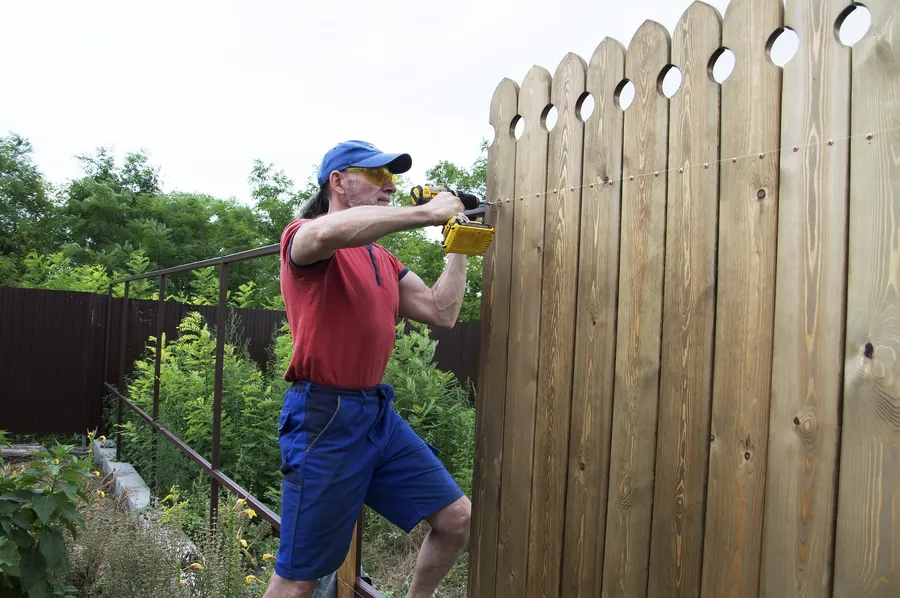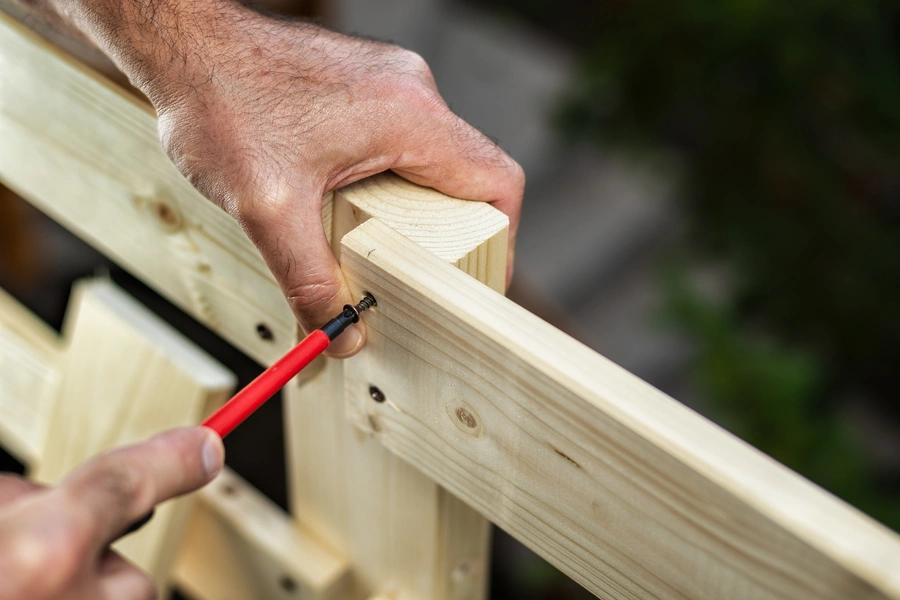A Simple Guide to Fixing Your Fence Effectively
Repairing a fence can seem like a daunting task, but understanding each step of the process can make it manageable. Whether you are dealing with a wooden, vinyl, or chain-link fence, the repair steps are generally similar. By knowing what to expect and having the right tools and materials ready, you can tackle this project with confidence. This guide will walk you through the essential steps involved in fixing your fence, ensuring it’s strong and looks great.

Identifying Common Fence Issues
Before you begin any repair work, it’s crucial to identify the problems with your fence. Look for common issues such as broken boards, rusted nails, or sagging sections. Each issue requires a different approach to fix effectively. For instance, wooden fences often suffer from rot or warping, while metal fences might have rust spots or bent areas. Understanding these problems helps in planning the repair efficiently.
Gathering Necessary Tools and Materials
Before starting your fence repair, gather all the necessary tools and materials. These include a hammer, nails or screws, a level, a saw for cutting wood, and possibly some paint or stain if you’re dealing with a wooden fence. Having everything ready not only speeds up the process but also ensures that you don’t have to pause midway to find missing items. Being well-prepared is key to successfully fixing any issues with your fencing structure.

Planning the Repair Process
Once you’ve identified the issues and gathered your tools, plan how you’ll tackle the repairs. Start by prioritizing tasks based on severity. For example, if parts of your fence are falling apart, those should be fixed first. If there are minor cosmetic issues, these can wait until after more pressing concerns are addressed. A clear plan provides a roadmap to follow and helps avoid unnecessary complications during the repair.
- Inspect for damaged or loose posts
- Check for broken or missing panels
- Look for signs of rust or corrosion on metal fences
- Examine gate hinges and latches for functionality
Executing the Repairs Effectively
Now it’s time to get hands-on with the actual repairs. Begin with stabilizing any wobbly fence posts by digging them out slightly and adding gravel for better support. Replace any broken boards or panels using your saw to cut replacements to size, then nail them into place securely. For metal fences, clean any rusted areas and cover them with a protective coat of paint. Ensuring these actions are done properly will increase the durability of your fence.
- Tighten loose boards with new nails or screws
- Replace rotten wooden parts promptly
- Add additional supports where needed
- Paint or stain exposed surfaces to prevent weather damage
Ensuring Long-Term Durability
To keep your fence looking good long-term, consider regular maintenance routines. Clean your fence periodically to remove dirt and debris that could cause damage over time. Also, apply a fresh coat of paint or sealant every few years to protect against moisture and sun exposure. Regular checks can help catch potential problems early, making future repairs simpler and less frequent.
The Importance of Proper Maintenance
Maintaining your fence is just as important as the initial repair work. Regular upkeep prevents small issues from becoming major problems later on. Keeping an eye out for early signs of wear allows you to address them before they worsen, saving time and money in the long run. Consistent care results in a visually appealing and structurally sound barrier around your property.
Your Next Steps With Our Expertise
If you need help tackling fence repairs or would prefer professional assistance, reach out to Mid Michigan Fencing. Our experienced team is based in Belding, MI and ready to assist you with expert advice and quality service. Whether it’s a minor touch-up or a complete overhaul, contact us at (616) 274-5282 for all your fencing needs.